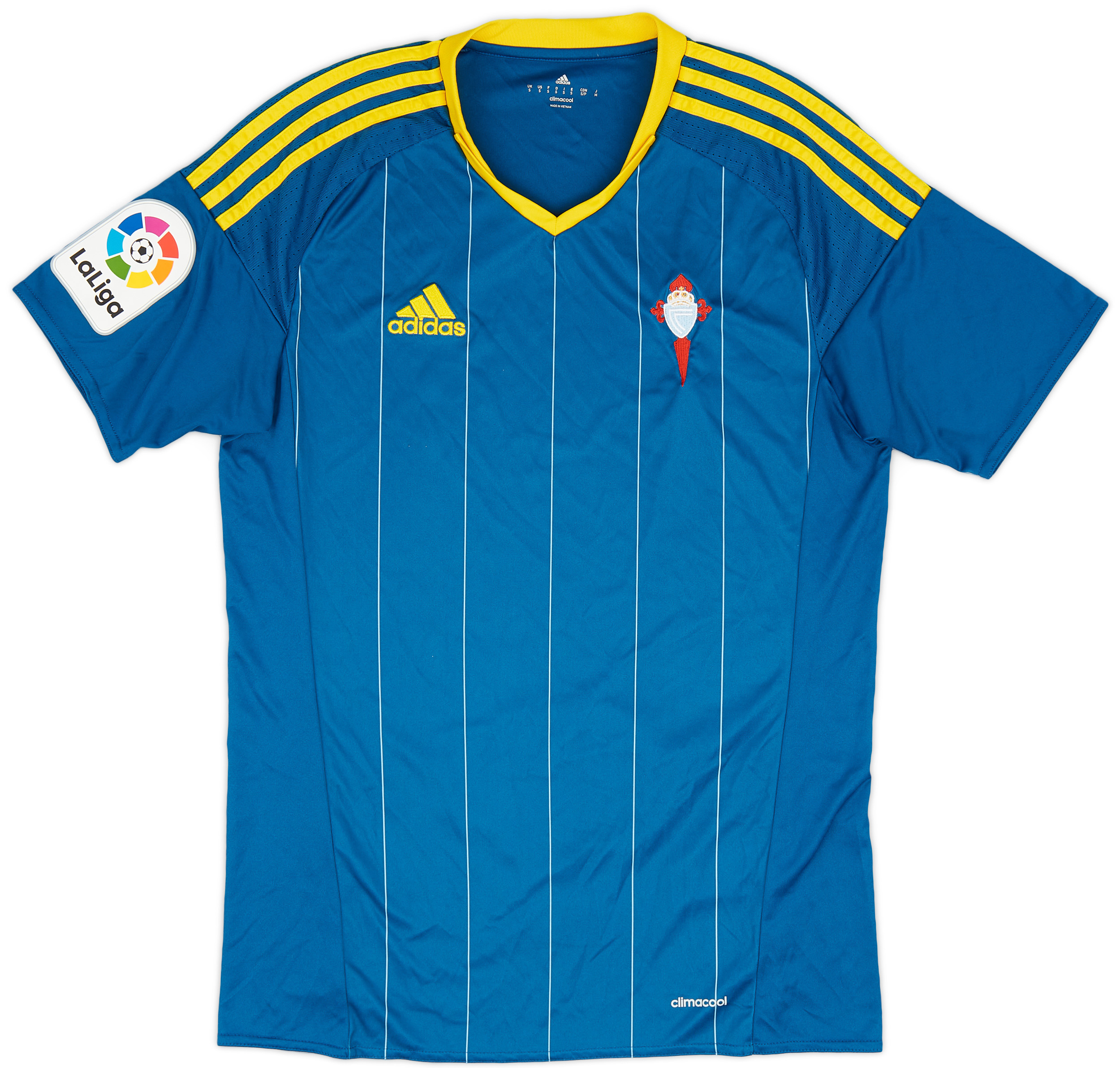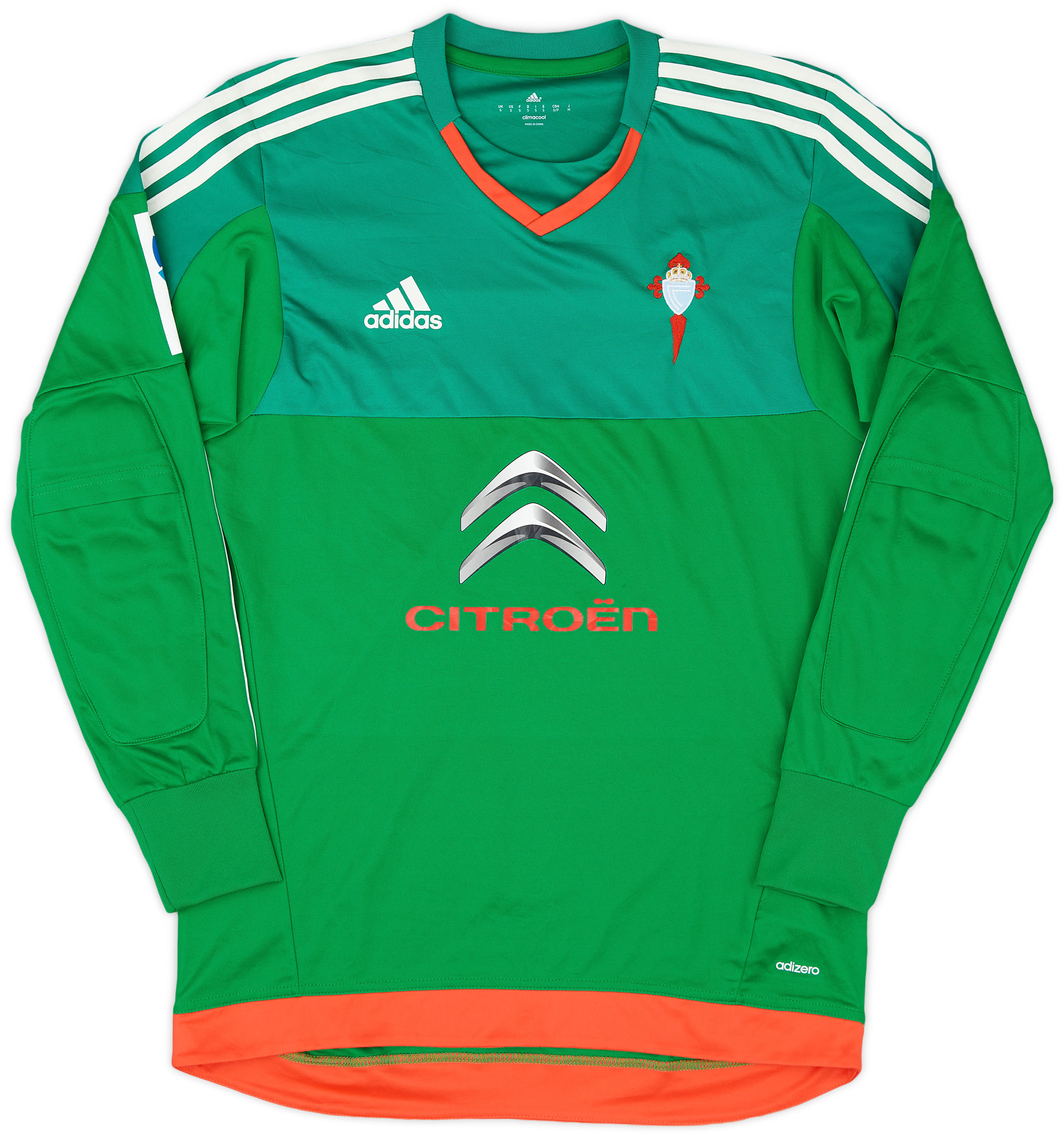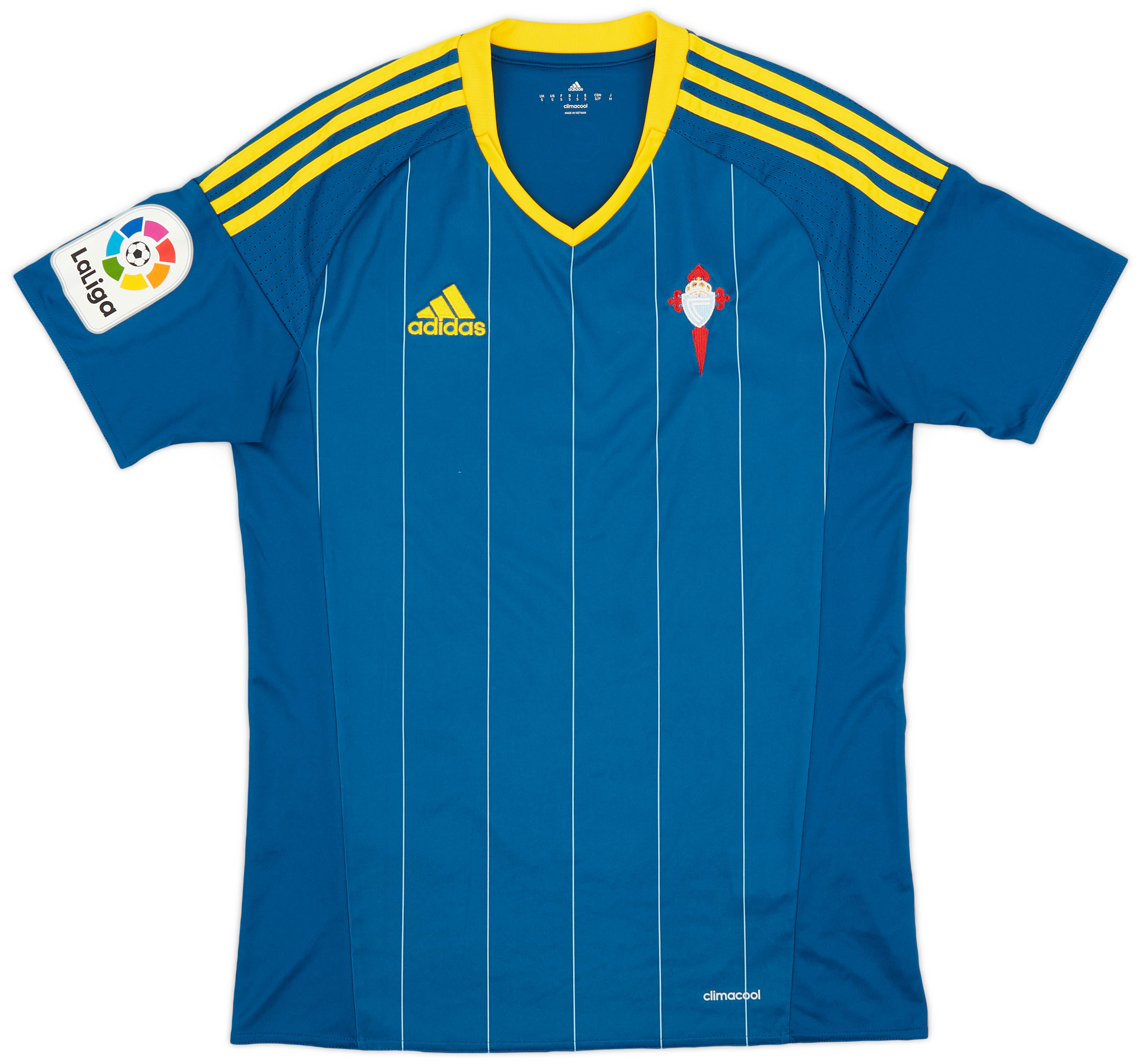Celta Vigo
Introduction Real Club Celta de Vigo, commonly known as Celta Vigo, is a professional football club based in Vigo, Spain. Founded in 1923, Celta has a rich heritage intertwined with the cultural fabric of Galicia, a region in northwestern Spain. The club, often nicknamed “Os Celestes” (The Celestials), has become an emblem of pride for […]
2015-16 Celta Vigo Home Shirt - 8/10 - (S)
77.99£ - ca: €92
2016-17 Celta Vigo Away Shirt - 10/10 - (S)
70.99£ - ca: €84
2015-16 Celta Vigo GK Shirt - 8/10 - (S)
70.99£ - ca: €84
2016-17 Celta Vigo Away Shirt - 9/10 - (S)
58.99£ - ca: €70
2017-18 Celta Vigo Home Shirt - 8/10 - (S)
58.99£ - ca: €70
2016-17 Celta Vigo Away Shirt - 9/10 - (M)
58.99£ - ca: €70
2016-17 Celta Vigo Away Shirt - 8/10 - (S)
58.99£ - ca: €70
2018-19 Celta Vigo Away Shirt - 8/10 - (S)
47.99£ - ca: €57
2019-20 Celta Vigo adidas Training Top (5-6 Years)
14.99£ - ca: €18
2018-19 Celta Vigo adidas Training Pants/Bottoms - NEW - (KIDS)
11.99£ - ca: €14
Warning: A non-numeric value encountered in /var/www/netskribent.dk/retro-football-shirt.com/wp-content/themes/boot5/single-clubs.php on line 148
Introduction
Real Club Celta de Vigo, commonly known as Celta Vigo, is a professional football club based in Vigo, Spain. Founded in 1923, Celta has a rich heritage intertwined with the cultural fabric of Galicia, a region in northwestern Spain. The club, often nicknamed “Os Celestes” (The Celestials), has become an emblem of pride for its local supporters, celebrated for its vibrant blue and white colors. Celta Vigo not only brings thrilling football to the pitch but also reflects the identity and spirit of its passionate fanbase.
Club History
Celta Vigo was formed from the merger of two local clubs, Real Vigo Sporting and Club Celta de Vigo, in 1923. The combination of these two teams marked the beginning of a journey that would see Celta compete in various leagues over decades. The club’s early years were spent in regional leagues until it achieved promotion to La Liga, the top tier of Spanish football, during the 1939-1940 season. Throughout the years, Celta has experienced both highs and lows, including relegations and promotions, but the club has always maintained its core identity and dedication to the sport.
One of the club’s key historical moments came in the 1990s when Celta established itself as a formidable competitor in La Liga. The golden era of the late 1990s and early 2000s brought notable success, culminating in the club’s first Copa del Rey final in 2000. This match remains a significant milestone in the history of Celta Vigo, marking their ascent in Spanish football.
Achievements
While Celta Vigo has yet to secure a La Liga title, the club has enjoyed a number of significant achievements. One of its most notable domestic successes came in the Copa del Rey, where Celta reached the final match in 2000 and 2001, though they ultimately fell short of winning the trophy. More recently, in the 2015-2016 season, Celta reached the semifinals of the UEFA Europa League, an impressive feat that showcased the club’s European potential and competitiveness.
Additionally, Celta has twice won the Supercopa de España, in 1981 and 1983, further cementing its place in Spanish football history. Although not always title-winners, Celta Vigo’s consistent presence in La Liga over the decades has earned it recognition as a club that can compete at high levels, with their best finishes in the league including a fourth-place finish in the 1999-2000 season.
Significant Players and Matches
Celta Vigo has been home to numerous talented players who have left a lasting impact on the club’s legacy. Legends such as Iago Aspas, who has emerged as the club’s all-time leading scorer, have become synonymous with the team. Aspas, who rejoined Celta after a stint in the Premier League, is celebrated not just for his goal-scoring prowess but also for his leadership on and off the pitch. His contributions have been vital in numerous key moments, including match-winning goals and memorable performances in both domestic and European competitions.
Another notable player is Miguel Ángel Nadal, uncle to tennis star Rafael Nadal, who played for Celta in the 1990s and was part of the team that achieved significant domestic success. Additionally, the club has seen talents like Nolito and Alexander Isak grace their pitch, further enhancing its competitive edge.
Some landmark matches in Celta’s history illustrate the club’s resilience and ability to perform under pressure. A memorable 2017 match against Real Madrid in the Copa del Rey saw Celta triumph 2-1 at home, showcasing their capacity to challenge elite teams. Another significant encounter was in the 2015-16 UEFA Europa League quarter-finals against Manchester United, where Celta’s performance left a lasting impression, even though they narrowly lost in the semifinals.
Cultural Impact
Celta Vigo is more than just a football club; it’s a cultural institution that plays a vital role in the urban and regional identity of Vigo and Galicia. The club fosters a strong sense of community and pride, with its supporters fiercely loyal to their team. The Estadio Municipal de Balaídos, with a capacity of around 29,000, serves as a vibrant hub, where fans gather to cheer on their team. The atmosphere during home matches is electric, with passionate chants and vibrant displays of support.
Furthermore, Celta engages with its local community through various outreach programs and initiatives, including youth academies that help nurture the next generation of football talent. The club’s commitment to its roots is reflected not just in its performances, but in the way it embodies the Galician culture, emphasizing unity, resilience, and pride.
Conclusion
In conclusion, Real Club Celta de Vigo stands out as a significant entity in the tapestry of Spanish football. Its history is rich with ambition, notable achievements, and a commitment to the local culture. Celta’s journey through the highs and lows of football showcases the resilience and spirit of its fanbase, epitomized in its passionate support. As Celta continues to strive for success in both domestic and European competitions, its place in football history remains secure, representing hope and identity for its supporters and the broader Galician community.









